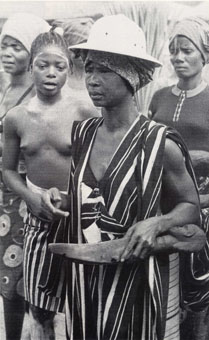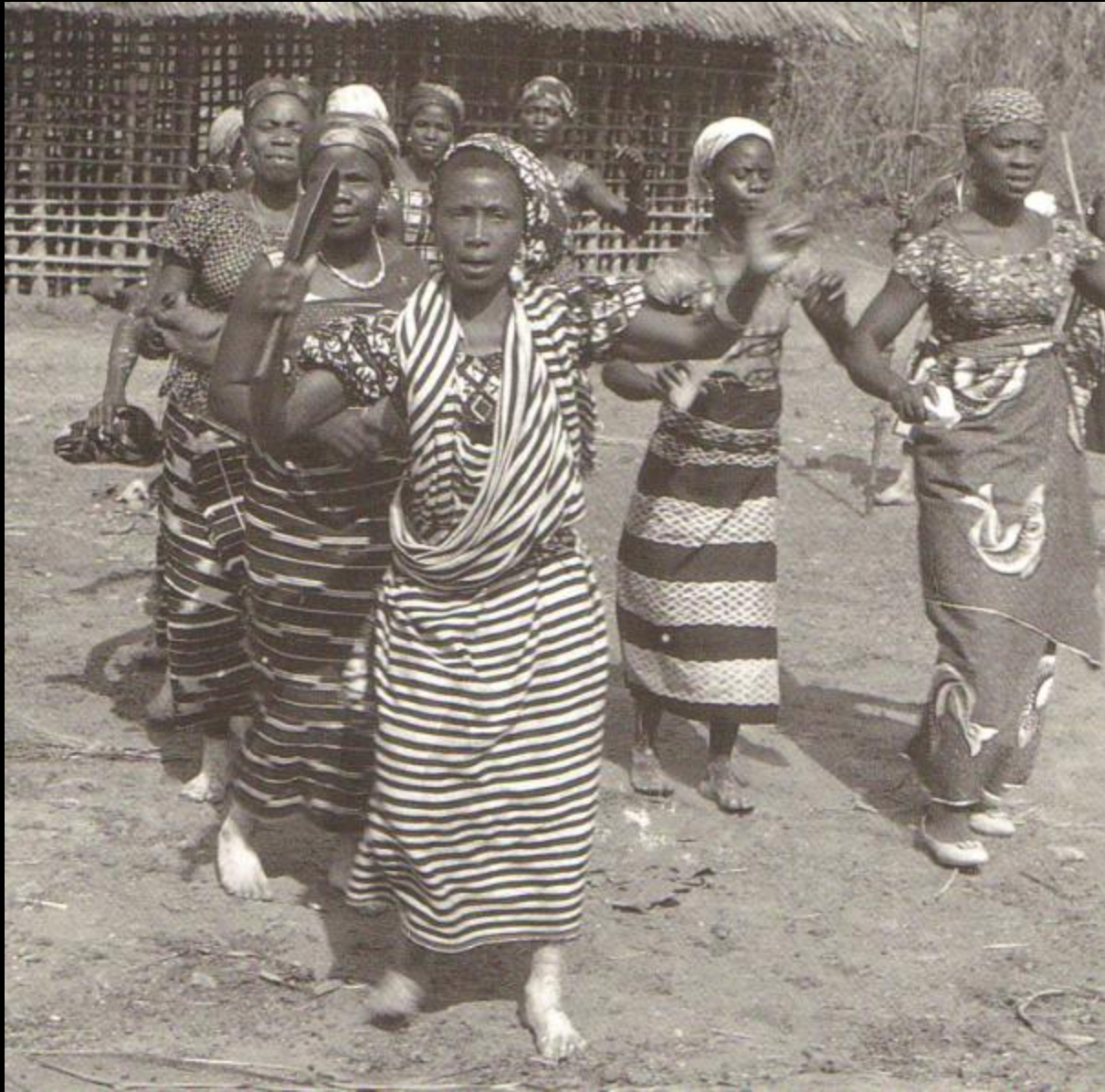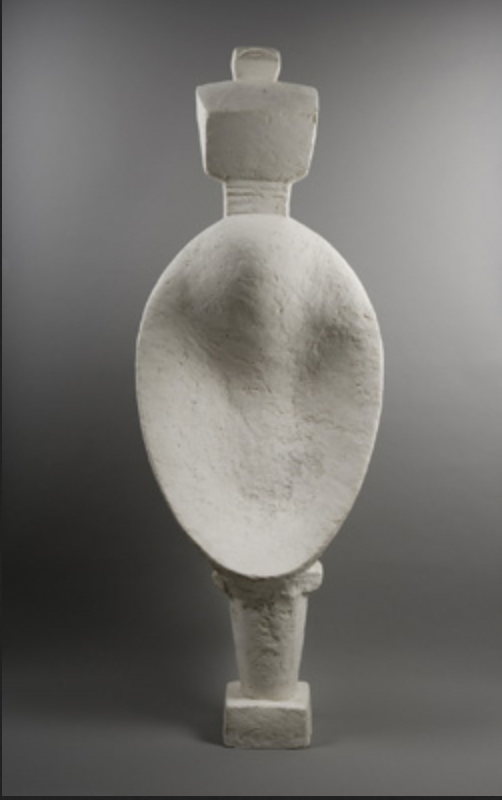wolfgang-jaenicke
A ceremonial Ladle (Wakemia or Wunkirmian)
A ceremonial Ladle (Wakemia or Wunkirmian)
Regular price
€0,00 EUR
Regular price
Sale price
€0,00 EUR
Unit price
per
Shipping calculated at checkout.
Couldn't load pickup availability
A ceremonial Ladle (Wakemia or Wunkirmian), Dan people, Ivory Coast.
A ceremonial ladle, known as a Wakemia or Wunkirmian, is a traditional artifact from the Dan people, an ethnic group in the Ivory Coast (Côte d'Ivoire) and Liberia. These ladles are not only utilitarian but also carry significant cultural and ceremonial importance.
A ceremonial ladle, known as a Wakemia or Wunkirmian, is a traditional artifact from the Dan people, an ethnic group in the Ivory Coast (Côte d'Ivoire) and Liberia. These ladles are not only utilitarian but also carry significant cultural and ceremonial importance.
“Artists in Dan communities of Liberia and Côte d’Ivoire have mastered the art of carving impressive wooden ladles that are virtuoso works of sculpture. These ceremonial ladles, known as wunkirmian or wakemia (which translates as "spoon associated with feasts") are badges of prestige acknowledging an individual woman for her incomparable generosity. Oversized (they can measure up to two feet), they are not so much utilitarian objects as symbols of status and the bearer of spiritual powers. Quality of craftsmanship and complexity of design are constitutive of the work’s importance […] To create such esteemed objects, Dan sculptors often rely on anthropomorphic forms and draw upon elements of style developed in other carvings such as masks and figures. […] Other variations include representations of a human hand, animal heads such as goats or cow, small bowls, and a variety of abstract designs. […]
Emblematic of honor and status, wunkirmian are the possession of the wunkirle or wakede, "at feasts acting woman." A title of great distinction, it is given to the most hospitable woman of a village quarter […] the wunkirle must be of a generous disposition, gladly offering her hospitality to anyone at any time, organizing and providing for important meals, and feeding travelers. […] In addition to being emblems of honor, wunkirmian also hold spiritual power (Himmelheber and Tabmen 1965, 177). They are a Dan woman's chief liaison with the power of the spirit world and a symbol of that connection.”
In 1926, Alberto Giacometti (1901-1966) drew inspiration from the Dan people's interpretation of the relationship between a woman's womb and a spoon's bowl. His sculpture, Spoon Woman (Femme Cuillère), reflects the admiration that many artists of his generation had for the bold reinterpretations of the human body expressed by artists from West and Central Africa.
Lit: Yaëlle Biro, The MET, 2016

A Dan woman with a pil-helmet and a Dan ladle.
Emblematic of honor and status, wunkirmian are the possession of the wunkirle or wakede, "at feasts acting woman." A title of great distinction, it is given to the most hospitable woman of a village quarter […] the wunkirle must be of a generous disposition, gladly offering her hospitality to anyone at any time, organizing and providing for important meals, and feeding travelers. […] In addition to being emblems of honor, wunkirmian also hold spiritual power (Himmelheber and Tabmen 1965, 177). They are a Dan woman's chief liaison with the power of the spirit world and a symbol of that connection.”

The fertility-feast of the women, the "Wurkirle" procession.
Price on request.
Height: 62 cm
Weight: 0,9 kg
In 1926, Alberto Giacometti (1901-1966) drew inspiration from the Dan people's interpretation of the relationship between a woman's womb and a spoon's bowl. His sculpture, Spoon Woman (Femme Cuillère), reflects the admiration that many artists of his generation had for the bold reinterpretations of the human body expressed by artists from West and Central Africa.

Lit: Yaëlle Biro, The MET, 2016.
But also Cubism and African Art have an interesting and profound relationship, one that highlights the deep influence African art had on the development of modern Western art in the early 20th century, particularly with the emergence of Cubism. If you look at the "legs" of this laddle. This abstraction was a key element that Picasso and Braque adopted in Cubism. Instead of focusing on realistic, representational forms, they started to depict objects in fragmented, abstract, and angular shapes, similar to the abstracted forms seen in African art.




































